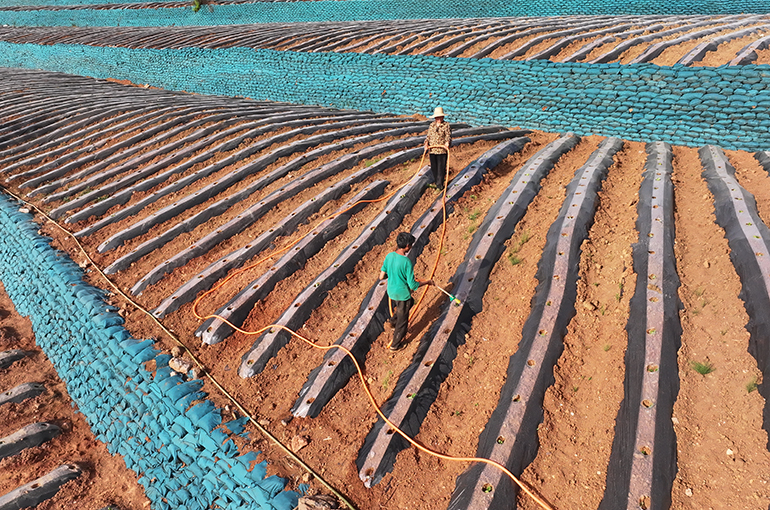 Severe Drought Hits Henan, Jiangsu, and Other Chinese Provinces
Severe Drought Hits Henan, Jiangsu, and Other Chinese Provinces(Yicai) May 8 -- Several provinces in China, including Henan, Jiangsu, and Shaanxi, are experiencing a severe drought because of high temperatures and low rainfall, which in turn is affecting local farming and water resources.
Southern, northern, and northwestern China, the middle and lower reaches of the Yangtze River, and Sichuan province have experienced severe drought since the beginning of the year, while western Henan, northwestern Hubei, southern Jiangsu, and southern Shaanxi are facing extreme drought conditions.
The average number of drought days in Guangxi Zhuang Autonomous Region, Anhui province, and Jiangsu was the highest since meteorological records began in 1961 this year as of May 6, said Zhai Jianqing, a senior research engineer at the meteorological disaster risk management division of the National Meteorological Centre.
On April 18, over two million square kilometers of land in China experienced moderate drought or worse, including 477,000 square kilometers classified as extreme drought.
The average rainfall in the area of the Xijiang River, a tributary of the Pearl River, was only 193 millimeters this year as of yesterday, which is about half of the amount in the past years and the lowest since 1961, according to weather conservancy experts. Precipitation in the Yellow River basin was nearly 30 percent lower than normal in the period.
The drought in Guangxi will gradually alleviate, but those in provinces such as Henan, Jiangsu, and Shaanxi will continue, said Gao Hui, chief forecaster at the climate prediction division of the NMC, adding that they will impact crops and dry vegetation, resulting in a persistently high risk of forest fire.
The Ministry of Water Resources will strengthen monitoring and forecasting, develop and improve the water supply security plan, and scientifically and accurately schedule key water projects in relevant river basins, said Wang Wei, drought relief director of the ministry’s flood and drought control department.
The MWR will do everything in its power to ensure the safety of urban and rural water supply in drought-affected areas and meet the water needs of drought relief efforts in major wheat-producing regions in the North, Wang noted.
Editor: Futura Costaglione